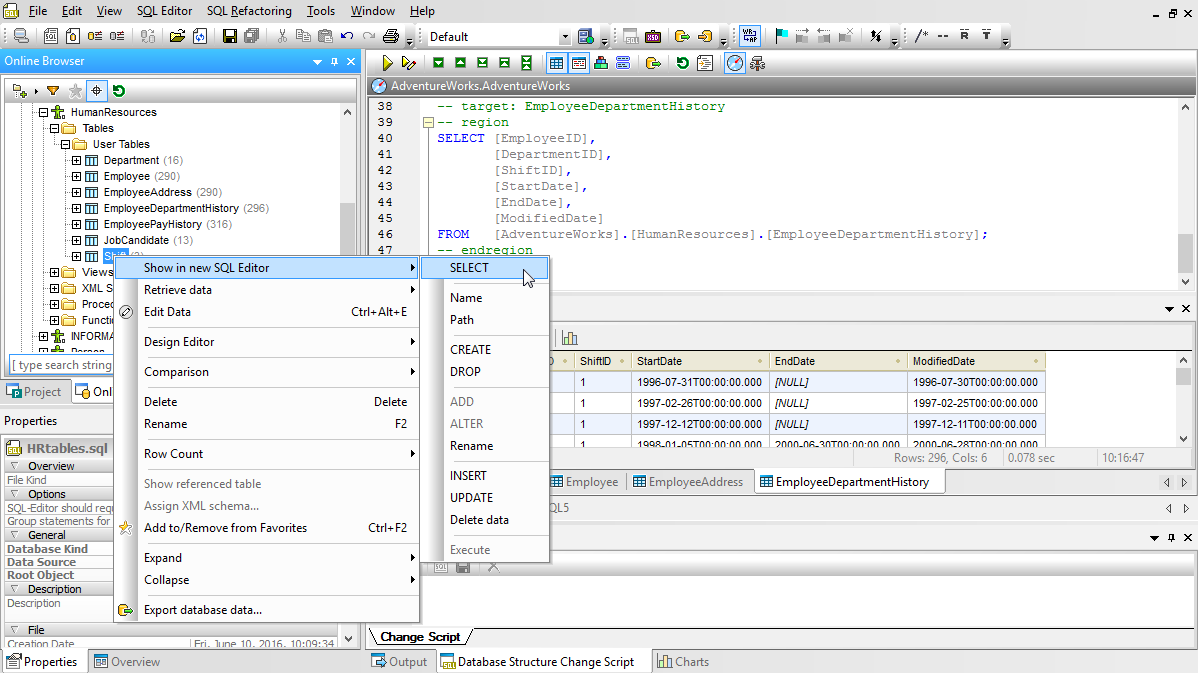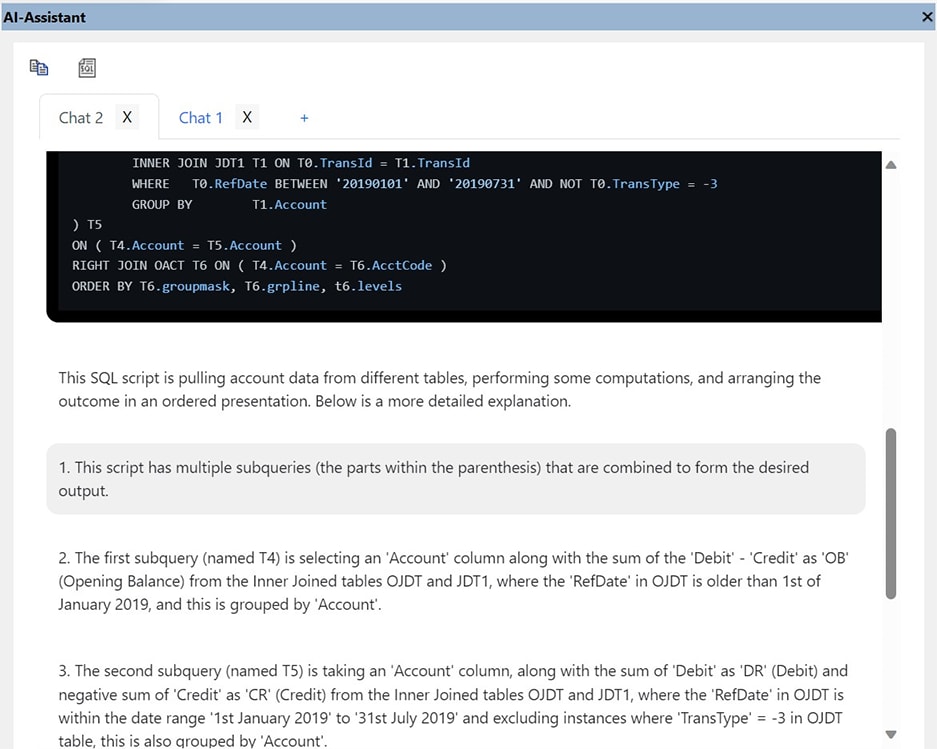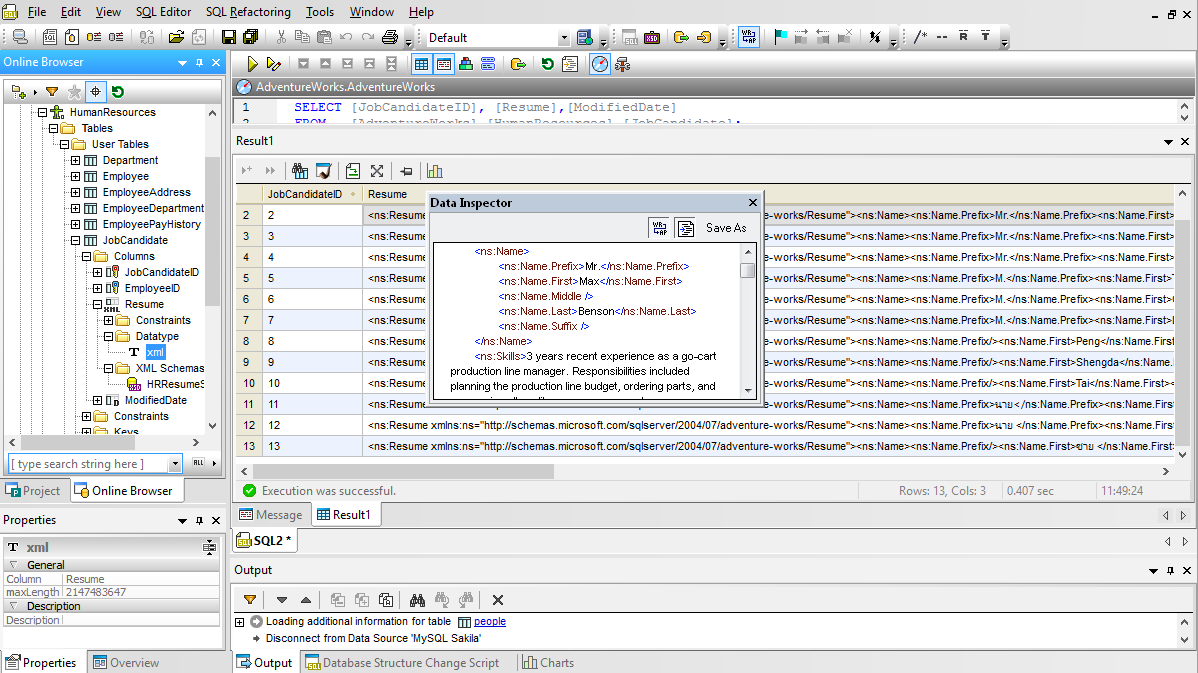2024-02-08T17:21:41
Status: #moc
Tags: #database
Links: [[home]] | [[Technology]] | [[SQL]] | [[ETL]] | [[Enterprise Solutions]]
# Database Technology
## Introduction
From ancient libraries and filing systems to sophisticated digital platforms, the concept of storing and retrieving information has been pivotal throughout human history. Database technology, a cornerstone of the digital age, epitomizes this pursuit, facilitating the efficient management, storage, and retrieval of data. This article traces the lineage of database technology, explores the traditional [[SQL]] database paradigm, and delves into the emergence of NoSQL and other contemporary technologies reshaping the landscape of data management.

## The Genesis and Evolution of Database Technology
### Historical Milestones
1. **1960s - Hierarchical and Network Models:**
The earliest computer databases emerged in the 1960s, with hierarchical (IBM's IMS) and network (CODASYL DBTG) models. These systems arranged data in tree-like or graph structures, allowing for simple and fast data access but suffering from complexity and inflexibility in data relationships.
2. **1970 - Relational Model:**
The relational model, introduced by Edgar F. Codd, revolutionized data management by abstracting data into tables (relations), linked by unique identifiers (keys). This model provided a more flexible and intuitive framework for data operations.
3. **1980s - Commercial Relational Database Management Systems (RDBMS):**
[[Oracle]], [[IBM]] DB2, and [[Microsoft]] SQL Server led the commercialization of RDBMS, offering robust solutions for data storage, retrieval, and manipulation through Structured Query Language (SQL). Their ACID (Atomicity, Consistency, Isolation, Durability) properties ensured reliable transactions.
### The Rise of Structured Query Language ([[SQL]])
SQL became the lingua franca for communicating with databases, thanks to its powerful capabilities in data querying, schema creation, and manipulation. Its standardization by the American National Standards Institute (ANSI) and the International Organization for Standardization (ISO) further cemented its position as the backbone of relational database operations.
## [[SQL]] Databases and SQL Tools
SQL Database Servers and corresponding tools, such as [SQL Editor](https://www.altova.com/databasespy/sql-editor)s, are the de facto standard that provides the backbone for most [[Enterprise Solutions]] as well as the backend servers for almost all [[Mobile App Development]] projects.
![[afalk42_an_illustration_of_SQL_databases_for_a_knowledge_base_a_b9fca0bb-3e14-4c62-8c16-4be5bca786d6.png]]
### Popular SQL database systems
The following is a list of current database systems that are in widespread use across the industry:
- [Firebird](https://firebirdsql.org/)
- [IBM DB2](https://www.ibm.com/products/db2)
- [Informix](https://www.ibm.com/products/informix)
- [MariaDB](https://mariadb.org/)
- [Microsoft SQL Server](https://www.microsoft.com/en-us/sql-server)
- [MySQL](https://www.mysql.com/)
- [Oracle](https://www.oracle.com/database/technologies/)
- [PostgreSQL](https://www.postgresql.org/)
- [Progress OpenEdge](https://www.progress.com/openedge)
- [SQLite](https://www.sqlite.org/)
- [Sybase ASE](https://www.sap.com/products/technology-platform/sybase-ase.html)
- [Teradata](https://www.teradata.com/)
### Popular SQL Tools
Many of the above RDBMS manufacturers ship their own proprietary tool with their database servers (e.g. [Microsoft SQL Server Management Studio](https://learn.microsoft.com/en-us/sql/ssms/sql-server-management-studio-ssms?view=sql-server-ver16)), which are specifically optimized for that one database, but there are also [SQL editors](https://www.altova.com/databasespy/sql-editor) that support more than one database backend system, e.g. [HeidiSQL](https://www.heidisql.com/), which is primarily being used for MariaDB and MySQL.
![[Pasted image 20240217181740.png]]
But few tools can support *all* of the above database backend systems and many multi-database tools often require expensive adapters or connectors. An exception to this rule is Altova [[DatabaseSpy]], which not only supports all of the above databases out of the box, but can also connect to many others by means of generic ODBC or JDBC connections.

In addition, [[DatabaseSpy]] provides an [AI-Assistant for SQL](https://www.altova.com/databasespy/ai-assistant) that provides the ability to generate SQL statements, tables, etc. as well as [explain complex SQL code in plain language](https://www.altova.com/databasespy/ai-assistant#ai-extensions), and even explain errors returned by the database system.

## [[XML]] in Databases
Several RDBMS systems have native support for XML being stored as a distinct datatype, and likewise SQL Tools, such as [[DatabaseSpy]], have direct support for [XML stored in databases](https://www.altova.com/databasespy#xml).

## The Advent of NoSQL and Modern Trends
The late 2000s saw the rise of NoSQL (Not only SQL) databases, a response to the limitations of traditional RDBMS in handling vast volumes of unstructured data, scalability, and flexibility demands of modern applications.
### Key NoSQL Database Models
1. **Document-Oriented:**
Stores data as documents, usually in [[XML]], [[JSON]] or BSON formats, allowing for a more natural and flexible data representation. Examples include MongoDB and CouchDB.
2. **Key-Value:**
Simplest form of NoSQL databases, where each item contains keys and values. Redis and DynamoDB are prominent examples.
3. **Wide-Column:**
Stores data in tables, rows, and dynamic columns, offering high scalability and performance. Cassandra and HBase are notable wide-column stores.
4. **Graph-Based:**
Designed for data whose relationships are well represented as a graph. They are efficient for operations like deep link traversal. Neo4j is a leading graph database.
### Additional Trends in Database Technology
- **NewSQL:**
Attempts to bridge the gap between RDBMS and NoSQL, offering the scalability and flexibility of NoSQL while maintaining SQL's ACID guarantees.
- **Database as a Service (DBaaS):**
Cloud providers, including [[Amazon]] Web Services ([[AWS]]), [[Google]] Cloud Platform (GCP), and Microsoft Azure, offer managed database services, simplifying deployment, maintenance, and scaling.
- **[[Blockchain]] Databases:**
Incorporate principles of blockchain technology for decentralized and secure data management, proving pivotal in applications requiring immutable records, like transaction ledgers.
- **[[AI]] and ML Integration:**
Enhanced integration of artificial intelligence and machine learning for smarter data analysis, predictive modeling, and automated decision-making.
## Conclusion
The landscape of database technology has undergone profound transformations, reflecting the ever-evolving requirements of data management. From hierarchical and network models to relational databases and the burgeoning array of NoSQL options, each phase has contributed to the sophistication of data handling. As we advance, the integration of AI, the pursuit of new architectures like NewSQL, and the expansion of DBaaS are poised to push the boundaries further, heralding an exciting era for database technology. Whether charting the history of traditional SQL databases or exploring the frontiers with NoSQL and beyond, the trajectory of database technology continues to be marked by innovation and adaptation.